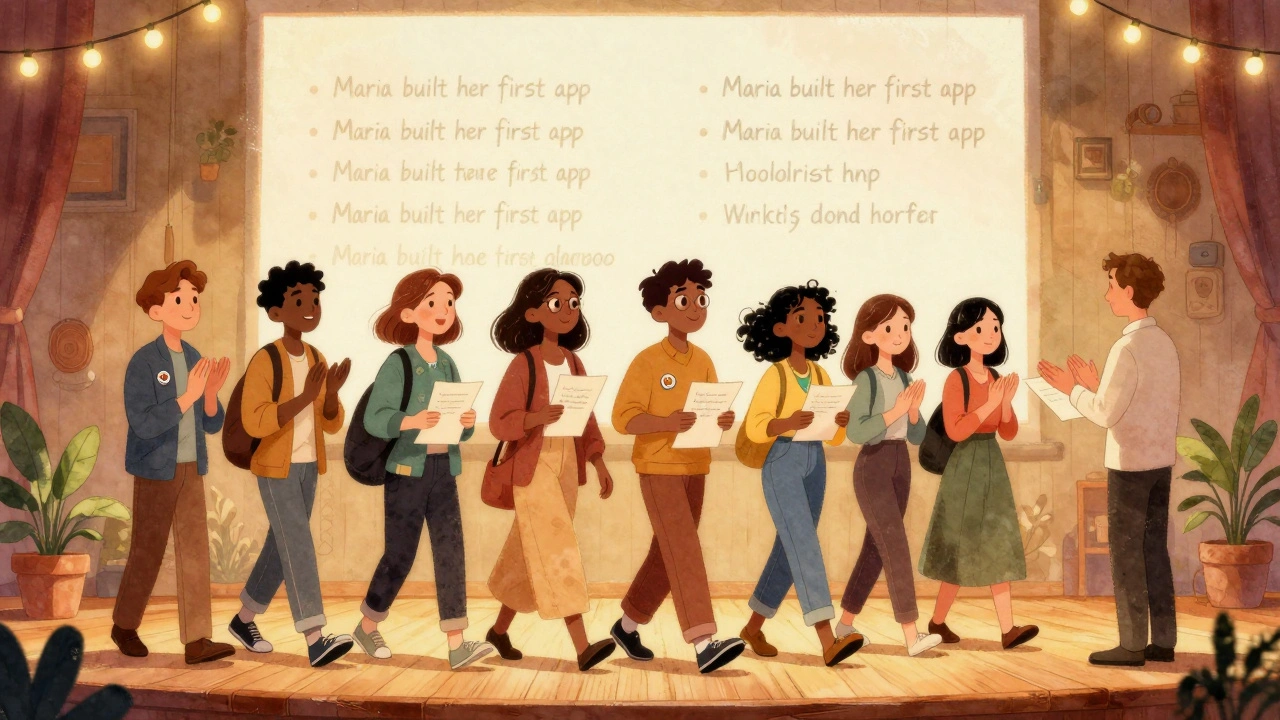Student Engagement: How to Keep Learners Motivated and Involved in Online Courses
When it comes to student engagement, the level of attention, participation, and emotional investment learners show in an educational experience. Also known as learner engagement, it’s not about flashy videos or fancy buttons—it’s about whether someone actually cares enough to finish the lesson, apply what they learned, and come back for more. Most online courses fail because they treat learning like a checklist. But real engagement happens when learners feel challenged, recognized, and part of something meaningful.
Gamification, using game-like elements like points, badges, and leaderboards to motivate learners isn’t just for kids’ apps. Top online courses use it to turn passive scrolling into active progress. One course saw a 68% increase in completion rates after adding weekly challenges with real-time feedback. Interactive puzzles, problem-solving activities embedded directly into lessons work even better—they force learners to think, not just watch. Think escape rooms for trading strategies, or puzzle-based risk management drills that mirror real market decisions. These aren’t gimmicks. They’re cognitive hooks that stick.
But engagement doesn’t stop at games. It’s also about safety and trust. Community guidelines, clear rules that shape respectful, inclusive learning spaces make students feel safe to ask questions, share mistakes, and grow. Without them, even the best content falls flat. And when learners know their progress is tracked fairly—with real feedback, not just automated quizzes—they stay invested longer. That’s why courses that combine structured learning with human connection outperform ones that feel like digital textbooks.
You won’t find magic formulas here. But you will find real examples from courses that cracked the code: how a simple README template turned GitHub repos into job-winning portfolios, how micro-learning modules fit into 10-minute breaks, and how ethical leadership training stuck because it focused on behavior, not compliance. These aren’t theories. They’re tactics used by educators who actually want their students to succeed.
Below, you’ll find guides that cut through the noise. No fluff. No buzzwords. Just proven ways to build courses that don’t just get completed—they get remembered.

Celebration and Graduation Ceremonies for Course Completion: Why They Matter for Student Engagement
Course completion ceremonies aren't just tradition-they boost student confidence, retention, and real-world application. Learn how simple, intentional celebrations transform learning into lasting achievement.

Office Hours Formats: Open, Themed, and Coaching Rotations for Better Student Engagement
Three proven office hours formats-open, themed, and coaching rotations-boost student engagement by making help predictable, targeted, and peer-supported. Learn how to implement them effectively.

Course Cohorts vs Self-Paced Models: Which Keeps Students More Engaged?
Cohort-based courses keep learners engaged through structure and community, while self-paced models often lead to dropout due to isolation. Here’s what actually works for student retention and real learning.